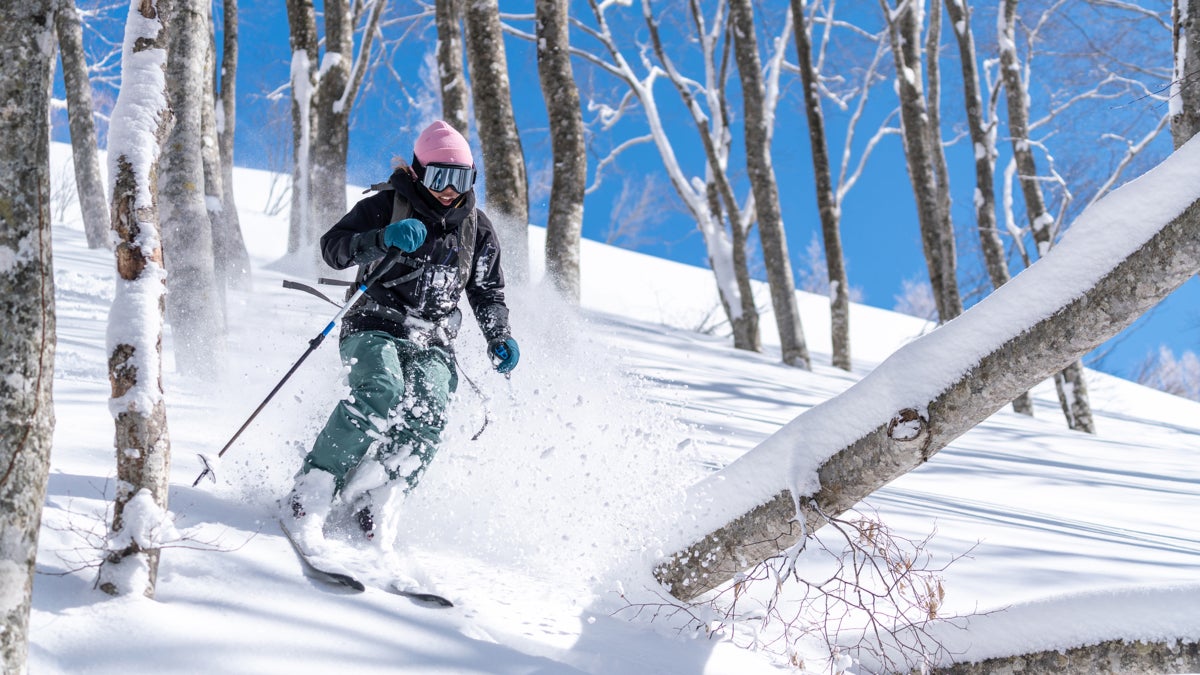No products in the cart.
Outdoor Adventure
The Gear Our Editors Loved in January
A new year! This one’s going to be easier … right? Unfortunately, that does not seem to be the case for the world at large. Luckily the outdoors are there to help us blow off some steam and forget our troubles for at least a few moments. Here’s what Outside editors used last month to do just that.
Black Crows Navis Freebirds ($830)
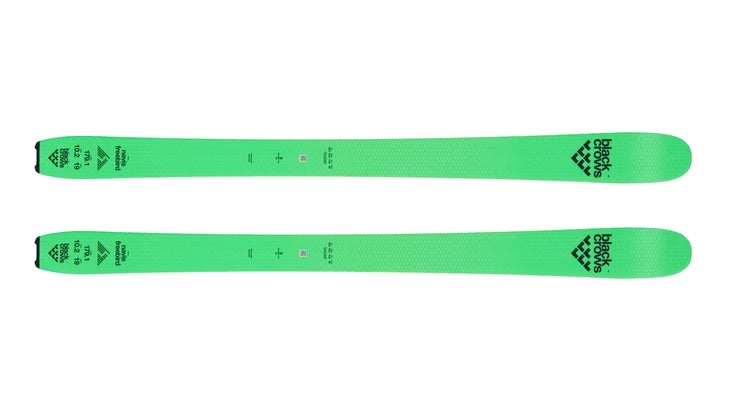
I bought the Black Crows Navis Freebirds as a one-ski quiver this season and so far have been thoroughly enjoying them in all conditions. The Freebird is the backcountry touring version of the Navis—which I skied last year and fell in love with, but has since been discontinued. My pair is 102 underwaist, with a light poplar-wood core, carbon fiber and fiberglass reinforcements, as well as a titanal plate underfoot for improved binding retention. These skis have performed wonderfully uphill at my local mountain, and have held their own skiing inbounds with great float in deeper snow, strong edge hold, and maneuverability in tight situations. —Evan Grainger, associate video producer
Scarpa F1 Women’s Touring Boot ($699)
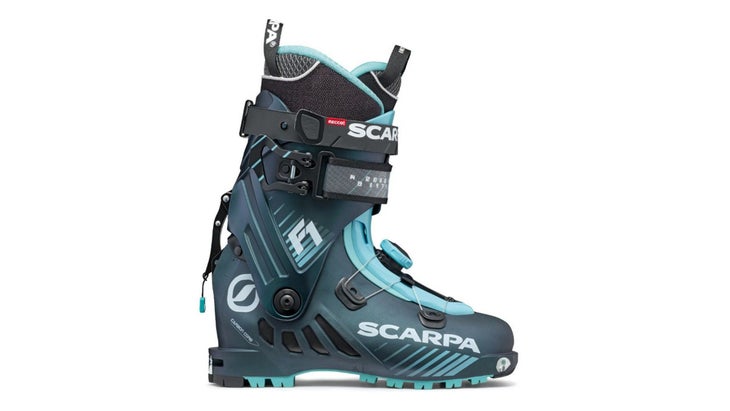
I went on a quest for new ski boots at the start of this season, making multiple visits to my local gear shops in order to try on various pairs. I was looking for what a lot of skiers these days want: a lightweight touring boot that won’t hold me back on big backcountry days but also skis well downhill. I found it in the Scarpa F1. At a claimed weight of 1080 grams for a size 25, the F1s are light enough to train and ski in for my first skimo race (note that I don’t plan to go “full skimo,” I’m just dabbling, so I don’t need or want a true race boot). But they’re also stiff enough to descend confidently in variable conditions during inbounds laps. The transition from ski to walk mode is an easy two steps—unless you also adjust the Boa, which I don’t find the need to. Finally, these boots are also incredibly comfortable for my average-width feet. I’m not rushing to get out of them even at the end of a day-long skin, and have climbed several thousand feet in a day sans blisters. —Gloria Liu, contributing writer
Marathon Seat Covers ($245+)
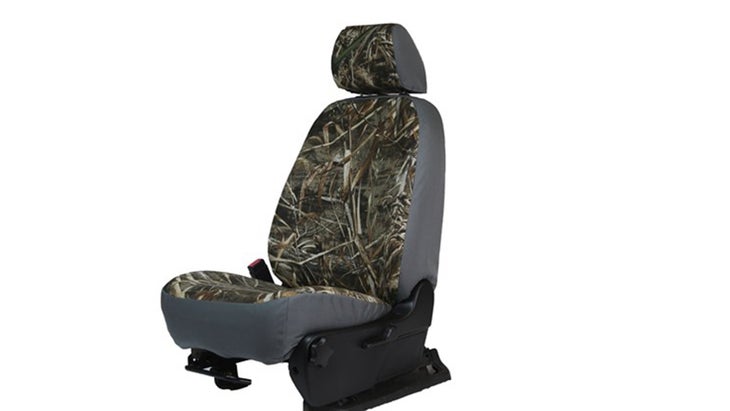
It’s rare that a product exceeds all of my expectations, especially something as basic as seat covers. They are as unexciting as a car part can get, right? They keep dog hair, mud, and other detritus off your seats and that’s it—or so I thought until I ordered a set from Marathon for my new Ford Ranger. The first surprise? About 15 minutes after I hit “buy now,” a representative from the Bozeman-based company called me, and offered to send a few color samples similar to the one I’d ordered, just to make sure I would be totally happy with the purchase. On that same call, she told me they’d be knocking 15 percent off the price, and moving my order date up from next month, to next week, since I’m local. A few days later, I drove five minutes to their factory, picked up the box, and set about installing them. Not only was the fit absolutely perfect down to the last tenth of an inch, but installing them was simple and quick. They don’t interfere with my seat heaters, or the power adjustment. And, the Cordura is comfortable to sit on. The biggest surprise though? I think I actually prefer this setup to leather. I’d been disappointed that I’d been forced to choose a truck with cloth seats, due to supply chain issues, but with the Marathons, you can see all the contours and shapes of the seats, and absolutely nothing will stick to the woven fabric—they always look perfectly clean. Not bad in a truck that carries 300 pounds of shedding dogs inside every single day. —Wes Siler, contributing editor
Outdoor Research Skytour Ascentshell Jacket ($349)
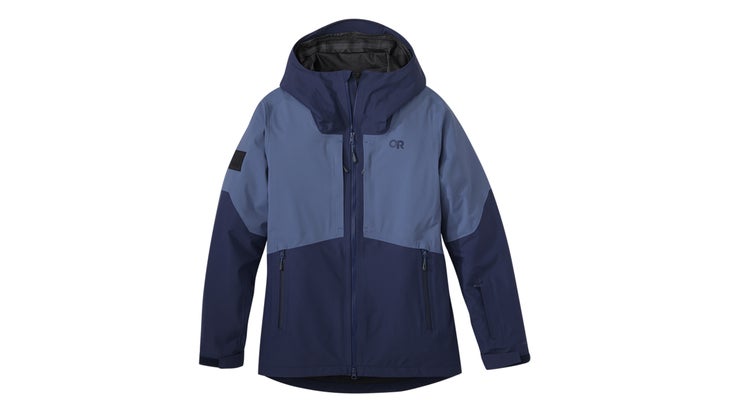
As a petite person with an hourglass shape, I have never had a ski jacket that fit me right. Most make me look like a drowned park rat: arms four inches too long, bulges of extra fabric at the torso, bottom hems that either hit halfway down my thighs or restrict my hip mobility (sometimes both). Outdoor Research’s new hardshell touring jacket is my new true love. It’s still baggy—but only enough to gracefully skim past my hips, cutting a straight line from top to bottom, and with arms that are just the right length. Even better: this is one of the softest, most breathable hardshell ski jackets I’ve worn. Credit Outdoor Research’s electrospun AscentShell membrane, which produces an incredibly supple feel and dumps body heat better than most. Even hiking the Highline Ridge at Taos on a spring-like January day, I stayed dry on the inside. That, plus two big chest pockets, an interior dump pouch, and a ski-pass sleeve on the left arm, have left me feeling like my search for a day-in, day-out ski shell has come to an end. —Ariella Gintzler, senior editor
Fjallraven Greenland No. 1 Down Parka ($700)
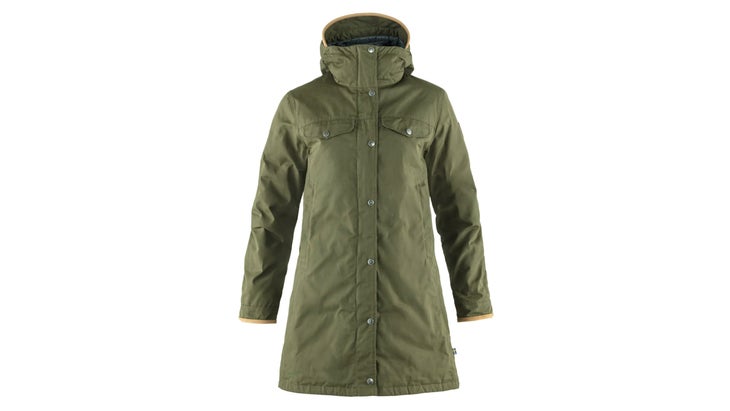
Yes, $700 is steep for a parka. But what if this was the last parka you ever have to purchase? It sounds hyperbolic, but is something I truly believe after wearing the Greenland nonstop for almost three winters. The jacket has a timeless look, thanks in part to leather trim on the sleeves and hood, and a durable outer made of Fjallraven’s water-resistant G-1000 Eco fabric. Paired with classic button snaps, a roomy-yet-flattering cut, and well-placed chest pockets, it looks more like a classic waxed jacket than a bulky puffer. It’s padded with 800-fill down, the hand pockets are lined with warm fleece, and the cut allows layering underneath when the temperatures really drop. These thoughtful details have made the Greenland my go-to for cold weather, which I’m sure will still be true 20 years from now. —Kelsey Lindsey, senior editor
Kari Traa Fryd Long Sleeve ($40) and Fryd Leggings ($40) Base Layers
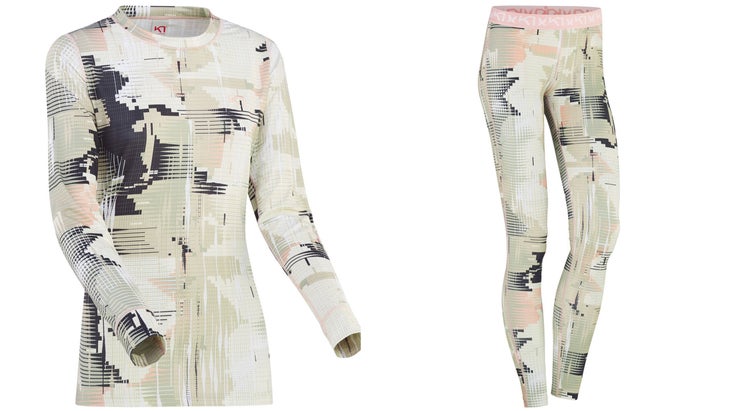
These have recently become my go-to base layers for touring up our local ski hill. I’m usually shivering at the end of my dawn patrol lap from my sweat freezing on the way down. But the Fryd long sleeve and leggings wick moisture exceptionally well, so I’m less cold and able to hang around a little longer to rehash turns with friends at the bottom. I also love the way the silky polyester-elastane fabric and flatlock seams naturally move with my body. Plus I’m just a sucker for matching baselayers, and these bad girls come in five different loud patterns. —Kelly Klein, Associate Gear Editor
Garmin inReach Mini 2 ($400)
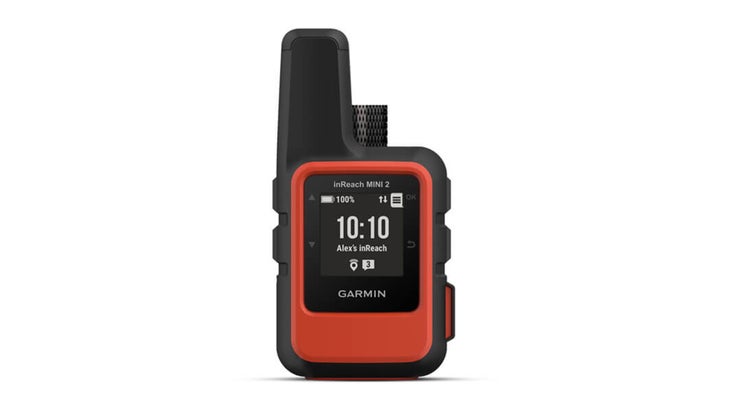
Any time I head out in the mountains—skiing, hiking, hunting, overlanding—I bring my inReach Mini satellite communication device, just in case. It connects to an app on my phone and can send an emergency text, put out an SOS alert, and track my exact location for family and friends who want to know I’m OK. It’s the ultimate backcountry insurance plan and weighs almost nothing (3.5 ounces). Last month I was excited to get my hands on the Mini 2, which launched February 2 and comes with a host of new features. Most notably, the Mini 2 has a significantly better battery life that allows it to talk to a satellite and track my location for up to 14 days straight, which is more than triple the time you get on the original. Garmin also smartly designed a feature where the Mini 2 automatically starts leaving a satellite-based breadcrumb path behind you. If you get turned around the Mini 2 will then guide you back to your car using that path. —Jakob Schiller, contributing writer
Nordica Enforcer Unlimited 104 Skis ($850)
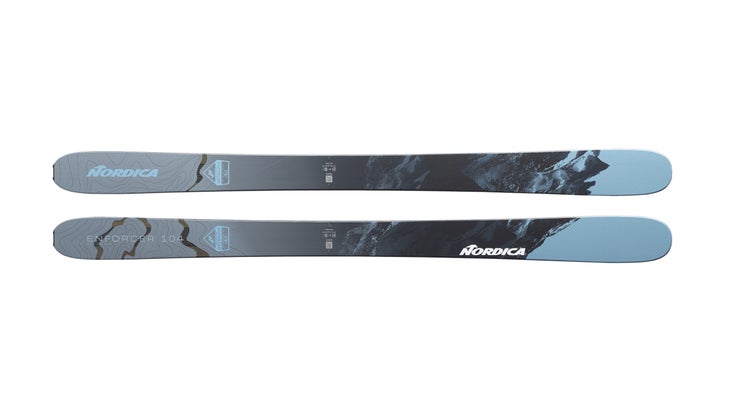
The Nordica Enforcers have a reputation as one of the most hard-charging in-bounds skis on the market. Any time I head to Taos Ski Valley, which has the most rowdy terrain here in New Mexico, it’s the only ski I use. So I was excited that Nordica finally launched a backcountry version called the Enforcer Unlimited. I skied the Unlimited several times this past month and found them, unsurprisingly, to be a stable, confident, and hard-charging backcountry ski. The low-tide snow here in New Mexico leaves something to be desired so I was happy to have them on while cruising through backcountry mank and down icy groomers after a dawn patrol skin. (I’m sure they crush in powder, too.) You can’t ski them quite as hard as their older sibling, but the Unlimited are 40 percent lighter (they’re 3.6 pounds per ski), so they’re much easier to haul uphill. Matched with something like a Marker Kingpin binding, the Unlimited is a great backcountry ski that can ski anything you put in front of them. —J.S.
Source link

